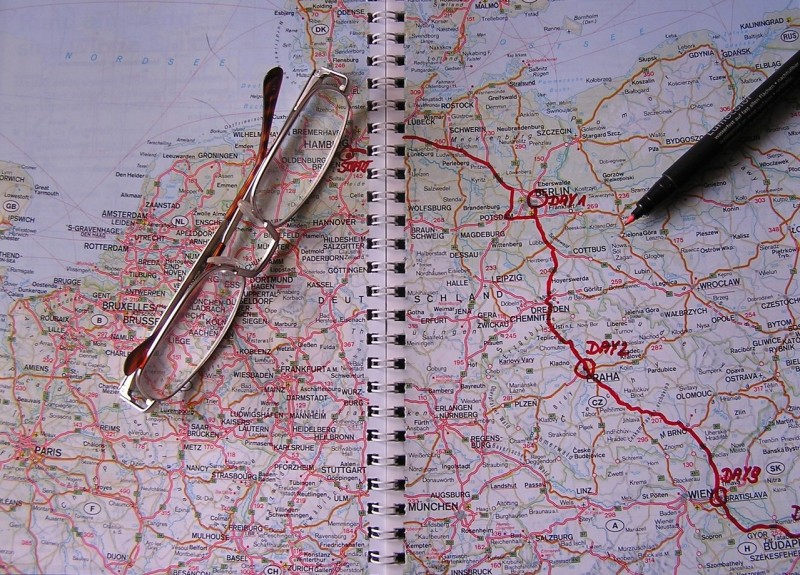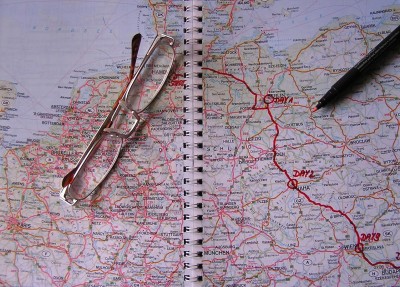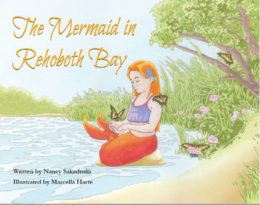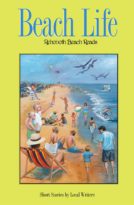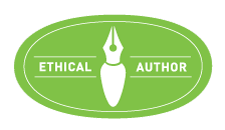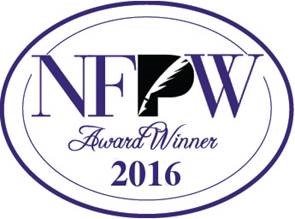Short Story Beginnings
Have you ever opened a book, taken a look at the first line or two, and then either picked it up or put it down? If you’re like most people, you have. Well, like it or not, many readers (including—perhaps even especially—editors and agents) will do exactly that with your short story. All that work on characters, plot, setting, structure, and if your first few lines don’t sing, the reader will never get to the chorus.
When you get ready to write, you may get yourself a cup of coffee, turn on your work light, boot up your computer, adjust your chair, stretch out your arms, and perhaps wiggle your fingers in anticipation. You open a new document, perhaps set a font and type size, and begin typing. If you were being profiled on television, do you think they would show all that? No. It’s boring and unnecessary. That’s why you shouldn’t make your readers sit through your story’s preparation. The first few sentences of your story determine whether readers continue to read. Is this story going to be interesting? Do I care about the character(s)? Is it set in a time and place that interests me? Is it worth my time to read? Like the tantalizing displays as you walk into a store, the beginning is where you place your most enticing wares in hopes that the customer will pick it up and think “Ah, this is for me.”
That is why you should never start with backstory. Background information can be divulged in bits and pieces along the way. Start with a conflict or threat, something unusual or unexpected, an intriguing conversation, or just about anything that will make the reader want to find out more. Put characters (especially the main character) in motion quickly. Grab and emotionally hook the reader immediately. Be inside the character’s head, reacting and being reacted to as quickly as possible. Establish the time and place within the first few paragraphs, but don’t open with description or scene-setting narration.
Compare this: “It was a warm day in September. Claire pushed her long blond hair off her face as she closed the door to her tidy Rehoboth Beach bungalow. She had lived in Delaware for six years. As she got to her car, she noticed that the tires were flat.”
With this: “Slashed tires. Again. Claire gazed up the quiet Rehoboth Beach street. In six years, she had never had a problem. Until now.”
One of the best ways to hook the reader is to open in the middle of the action, which provides excitement and curiosity. How did this happen? What’s going on here? You might open in the middle of a conversation, which provides insights into the characters, reveals something about the setting, and hints at the conflict. You might open with the setting in a way that creates fear, curiosity, or other emotions. This is particularly good way to open a story in which the setting plays a major role, but works only with a distinctive setting that creates atmosphere for the story. You might open with a question, and then immediately move to another scene, leaving the question unanswered for the moment.
In a short story, you must accomplish a lot very quickly. You must grab the reader’s attention, provide a sense of time and place, draw the reader into the world you have created, establish the tone of the story and set the stage for the problem or conflict. You will want to include some tantalizing details, an unanswered question, and a character to root for.
One approach to creating a great beginning is to simply write the story, and then go back and think about where the best place would be to open the story. It may not be where you started; it may be a few paragraphs or even pages into your initial telling. If you decide you do want to open where you started the story, look within the story for something you can pull out and use at the beginning. It might be foreshadowing, a character insight, inner thoughts (the character anticipating what is coming), or a graphic connection to something coming later.
Some authors like to open a story at the first action sequence. In a murder mystery, this might be the point when the body is discovered or the murder itself. Another option is to open with the scene you like the best. You probably like it because it’s interesting and well-written, and your readers will probably like it for those reasons as well. Another approach is to actually start at the end and then backtrack.
Deciding where to start a story is one of the most important decisions you will make. Remember that the beginning is not what happens before the story starts, it’s what happens when the story starts. Whatever you choose, start with a scene that tells the reader something about the main character, gives the reader a sense for the story (will it be funny or sad? Is it a fantasy or a detective story?), and hooks readers so you can then go back and fill in some backstory without losing them. The opening should clue the reader in to the setting, voice, style, and mood of the story and set the table for the feast that is to come.

